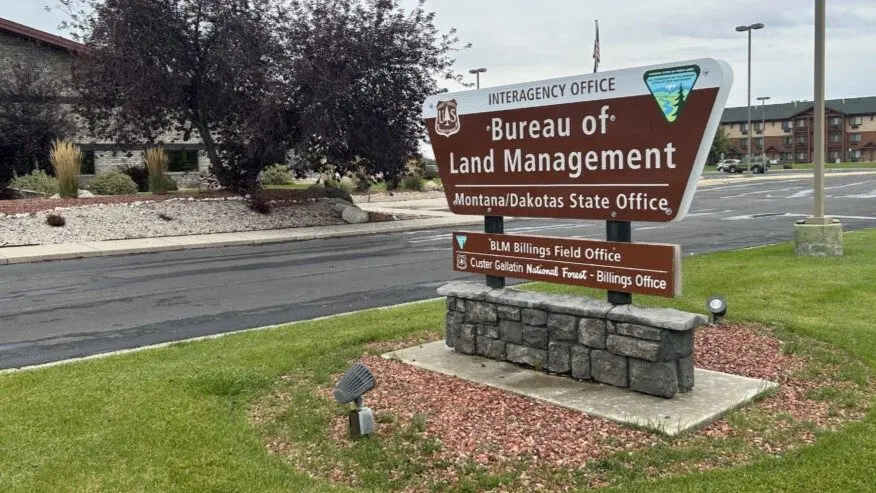(The Center Square) – Northern giant hornets – also known as Asian giant hornets or “murder hornets” – seem to have disappeared from Washington state.
The invasive insect is the largest hornet in the world, with a 2-inch long body, a 3-inch wingspan, and a quarter-inch stinger capable of punching through normal clothing and even beekeeper suits.
With its intimidating size, painful sting, and aggressive tendencies toward other insects, the northern giant hornet, Vespa mandarinia, made big headlines when it was first detected in the Pacific Northwest near the beginning of the COVID-19 pandemic.
The northern giant hornet was first detected in the region in 2019. In 2020 and 2021, both Washington and Canada had confirmed sightings of the massive insect. By the end of 2021, the Washington State Department of Agriculture had located and eradicated four northern giant hornet nests in Whatcom County near the Canadian border.
“Actually, we have no confirmed detections in 2022, and the real exciting news is on our national call this morning, where we go over operations, our biologist up in Whatcom County reported snow on the ground,” Sven Spichiger, WSDA’s managing entomologist, told host Mike McClanahan Wednesday on TVW’s “The Impact.”
The hornets are active during the summer and spring months and are attracted to sweet foods.
Snow is an indication northern giant hornet season is coming to an end, Spichiger explained, and that it’s likely there will be no confirmed detections of the insect this year.
No northern giant hornets have been found in the approximately 1,000 traps set this year by scientists in northern Washington as part of an effort to wipe out the menacing insect.
The same was true of several hundred traps set by volunteers in the Evergreen State.
Traps in Canada have also failed to capture any of the insects this year.
“I think everybody’s going to be disappointed that we don’t have big scary nests to show them, but what I really want to tell folks is thank you, and you should be thrilled that I have nothing to show you this year,” he said.
That’s because northern giant hornets are well known for killing honeybees that pollinate many of the crops in Washington’s multi-billion dollar agriculture sector.
“And to have just 20 or 30 hornets come and wipe out a 30,000-strong honeybee hive in a matter of hours is – it’s just shocking,” Spichiger said.
Beehive attacks in Washington were reported in 2020, he added, while no beehive attacks were reported in 2021.
Traps failing to capture any northern giant hornets and the lack of attacks on beehives are indications the state is winning the war against the insect, but that doesn’t mean Washington is out of the woods yet.
The species won’t be considered eradicated until at least three years of no sightings and none caught in traps, Spichiger said.
Another motivating factor in making sure the northern giant hornet doesn’t end up calling Washington home: public safety.
In extreme cases, the insect can cripple or even kill human beings. For example, they are reported to kill as many as 50 people a year in Japan.
Northern giant hornets have tended to construct nests in trees in Washington, but in the hornets’ native home – temperate and tropical East Asia, South Asia, mainland Southeast Asia, and parts of the Russian Far East – it’s not uncommon for the insects to build nests in manmade edifices.
“But what’s even more terrifying is often they will nest in structures,” Spichiger noted. “Like inside of a person’s house – the void of a ceiling places like that. And so we’re absolutely right to not want it here because it could be more of a household pest eventually as well.”
Washington’s experience in dealing with the northern giant hornet could pay off in terms of preventing other species of giant hornets from coming to Washington or mitigating any impacts if they do.
Trade-heavy Washington state is vulnerable to just such a thing, according to Spichiger.
“We’re always at risk for having these things introduced,” he said.
Earlier this year, the Entomological Society of America, seeking to downplay the insect’s more colorful monikers, introduced “northern giant hornet” as its new common name.




